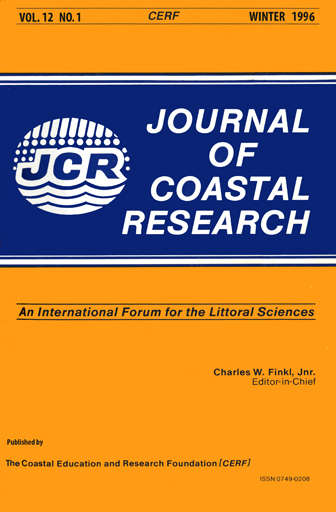Integration of Remote Sensing and Spatial Information Technologies for Mapping Black Mangrove on the Texas Gulf Coast
Keywords:
Color-infrared videography, geographic information system, global positioning system, Texas gulf coastAbstract
Black mangrove [Avicennia germinans (L.) L.] occurs at several locations along the Texas gulf coast. A hard freeze in December 1989 severely damaged this species, but the extent of damage has not been determined. Airborne color-infrared (CIR) video imagery was used with global positioning system (GPS) and geographic information system (GIS) technologies for distinguishing and mapping the current distribution of black mangrove. Black mangrove populations could be easily distinguished on CIR video imagery. The integration of a GPS with the video imagery permitted latitude/longitude coordinates of black mangrove populations to be recorded on each image. The GPS coordinates were entered into a GIS to map black mangrove populations along the Texas coast. Major black mangrove concentrations near Port Isabel-South Bay and Port Aransas on the lower and lower-mid Texas coast, respectively, had fully recovered from the freeze. A remnant population of an historical black mangrove concentration on the upper-mid Texas coast near Port O'Connor that was devastated by a 1983 freeze, was severely damaged and reduced In number by the 1989 freeze. The integration of videography, GPS, and GIS are valuable tools that can enable coastal resource managers to develop regional maps showing the distribution of black mangrove over large areas.Downloads
Published
1996-01-22
Issue
Section
Articles


